Motorcycle Investor mag
Subscribe to our free email news
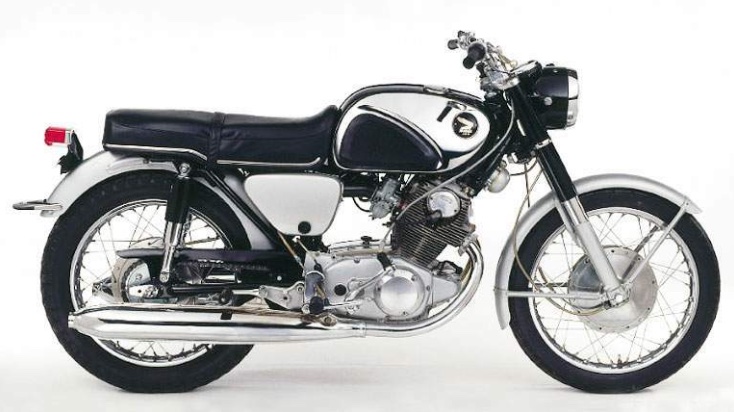
Super twins
Honda's apparently modest CB72 and CB77
Super Hawk twins turned around the company's early 1960s
image from interesting to potential giant-killer
(by Ian Falloon, Dec 2023)
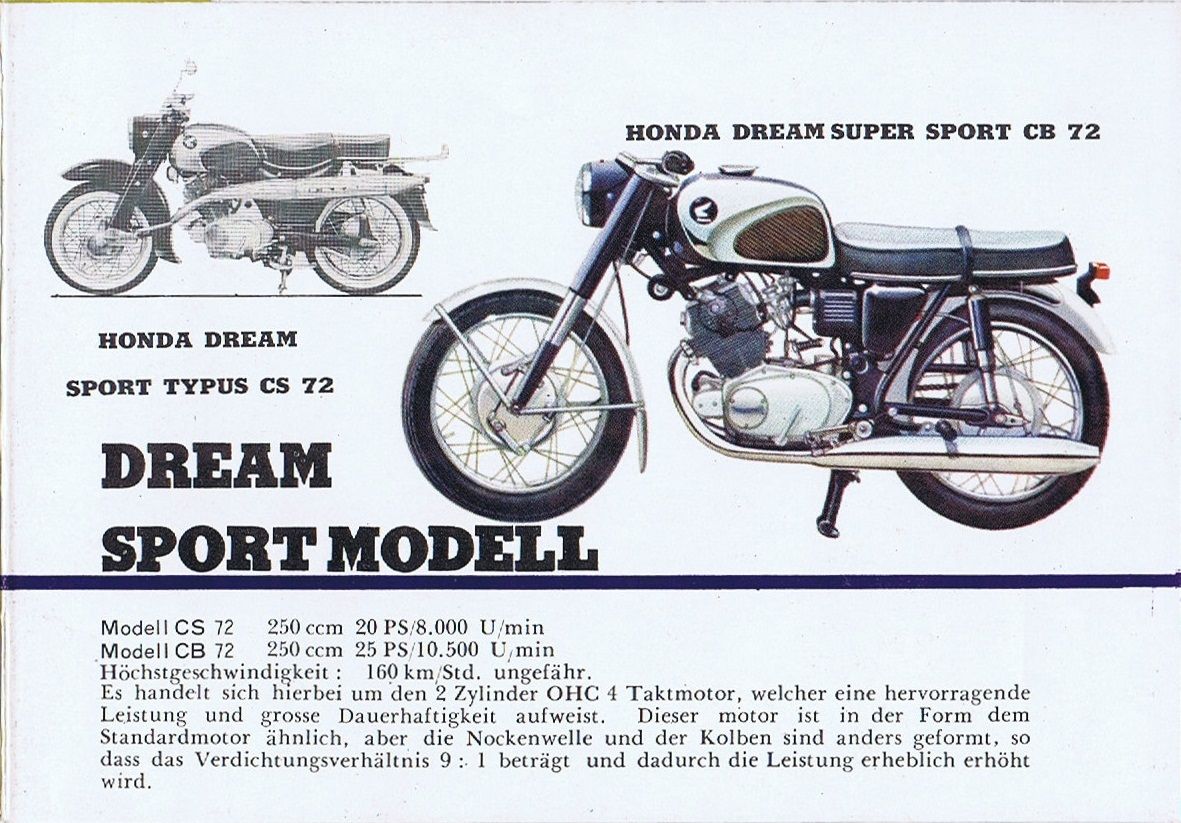
Honda’s 250 CB72 (actually 247cc), and 305 CB77
did much to create its
reputation for building fast, reliable, and
user-friendly motorcycles. But
today, despite many thousands produced, good ones are
hard to come by.
The CB72 evolved out of Honda's first 250 twin,
the 1957 C70 Dream.
Although much of this motorcycle was unremarkable, the
single overhead camshaft
engine, with dry sump lubrication and horizontally split
crankcases, was
extremely advanced.
By 1959 it gained an electric start, and while
many sniggered
that they had no torque and didn't handle, these early
twins already typified
Honda's engineering approach. They didn't leak oil, were
beautifully engineered
and finished, and had electrical systems that were
reliable.
While the dry-sump 250cc C70 and 305cc C76 twins
were greeted with
amiable interest when first displayed in Europe and
America, the release of the
next generation wet-sump twins in 1960 (as 1961 models)
completely changed the
public perception of Honda motorcycles.
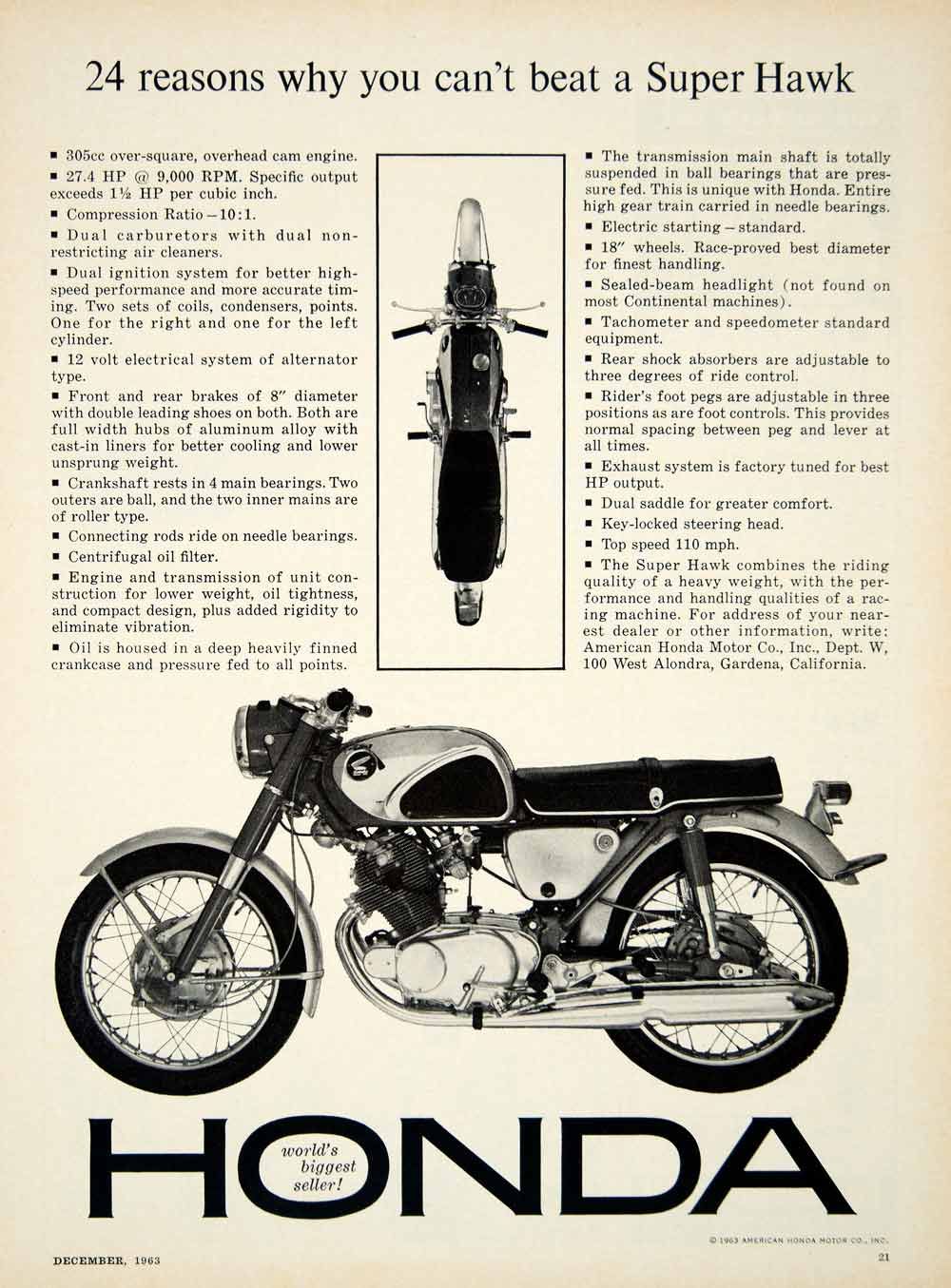
The C72 and C77 Dream may have looked similar to
the earlier version, but
the CB72 Hawk and CB77 Super Hawk lost the ungainly
angular styling of the
Dream and were real sporting motorcycles.
At 153kg, the CB72 (159kg for the CB77) also
handled surprisingly well,
and to the chagrin of British motorcycle enthusiasts, a
well-ridden CB77 or
CB72 could humiliate many British 500cc twins, and run
harder all day long than
some 650s.
The CB72 engine was wet-sump and featured a
180-degree crank instead of
the earlier 360 degree. As on the factory racers, the
combustion chamber
featured a cast-iron skull, with the valve seats cut in.
The compression ratio
was 10:1, and with dual PW 22mm carburettors the power
was 24 horsepower at 9000rpm
(28.5 for the CB77 Super Hawk).
Instead of the earlier pressed-steel frame, the
CB72 included a
single-loop, tubular-steel frame, incorporating the
engine as a stressed
member. Earlier Hondas had a leading link front fork,
but for the CB72 there
was a telescopic front fork, albeit an under-damped one
with skinny 33mm fork
legs. Very early examples had a single leading-shoe
front brake, with a double
leading-shoe rear, but during 1961 all brakes were
8-inch double leading-shoe.
The 18-inch wheels were shod with narrow 2.75 and
3.00 inch tyres. With
its abbreviated mudguards, simplified headlight, and
instrument layout that
included a tachometer, the CB72 was far more purposeful
than the chunky Dream.
The release of the CB72 and 77 coincided with
racing success at the Isle
of Man and Honda was keen to promote their production
models through racing. A
comprehensive racing kit included clip-on handlebars,
rear-set footpegs, racing
seat, alloy wheel rims, racing camshafts and Keihin CR
racing carburettors.
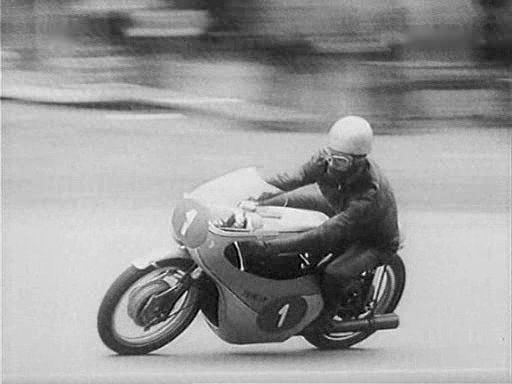
During
1962
and 1963 Honda produced a limited number of
production-racing CR72 and
CR77s (above). The engines featured double overhead
camshafts, driven by a central set
of spur gears, four valves per cylinder, and the CR72
produced 40 horsepower at
12,000rpm. As the unremarkable chassis didn't provide
particularly good
handling, these machines didn't achieve any notable
success.
A
CL72
scrambler was offered from 1962 (see the Rider
Magazine review). In the US this was much more
popular than the
sporting models, heralding a wave of dual-purpose
motorcycles.
As the CB72/77 was so advanced, development was
minimal during the 1960s.
Most of Honda's R&D engineers were involved in
developing racing
motorcycles, and there were only minor updates to the
CB72/77 through until
1967.
By that stage other Japanese companies were producing high performing 250s and 350s and the Honda was outdated. Honda retaliated with the CB250/350. These soon became the most popular motorcycles in the world but lacked the sporting finesse of the CB72/77. For many enthusiasts, the CB72/77 was the motorcycle that started it all.
CB72 data & profile at Motorcycle Specs
One for sale
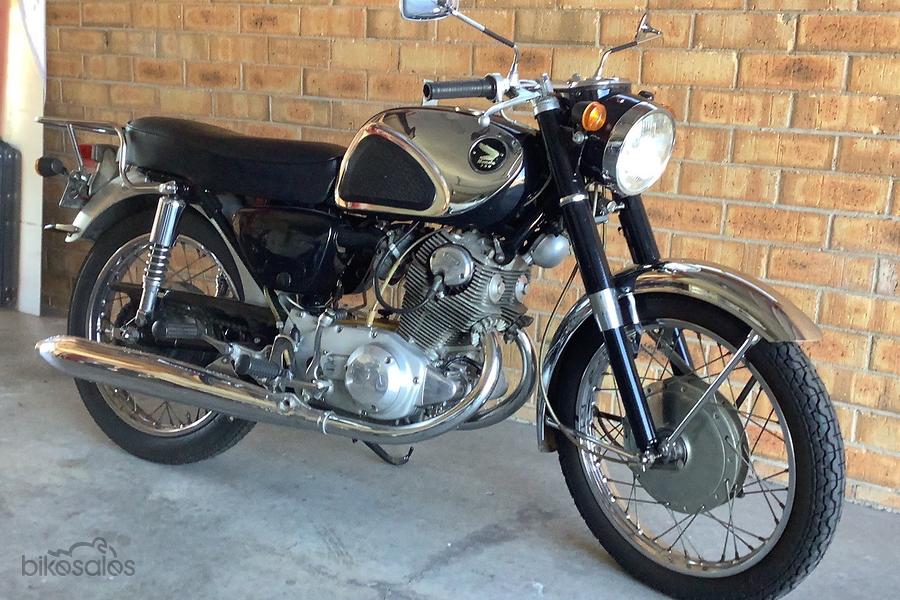
Ed's note, Dec 2023: we got started on this theme
when we spotted a 1965 CB72 on Bikesales. Claiming just
5600km (3500 miles), it has had a cosmetic freshen up,
is said to be a decent runner and is on the market at
Au$8000 (US$5400, GB£4250).
If all that is true, it seems like
a decent proposition for anyone wanting a classic
motorcycle without spending a fortune.
-------------------------------------------------
Produced by AllMoto abn 61 400 694 722
Privacy: we do not collect cookies or any other data.

Archives
Contact




